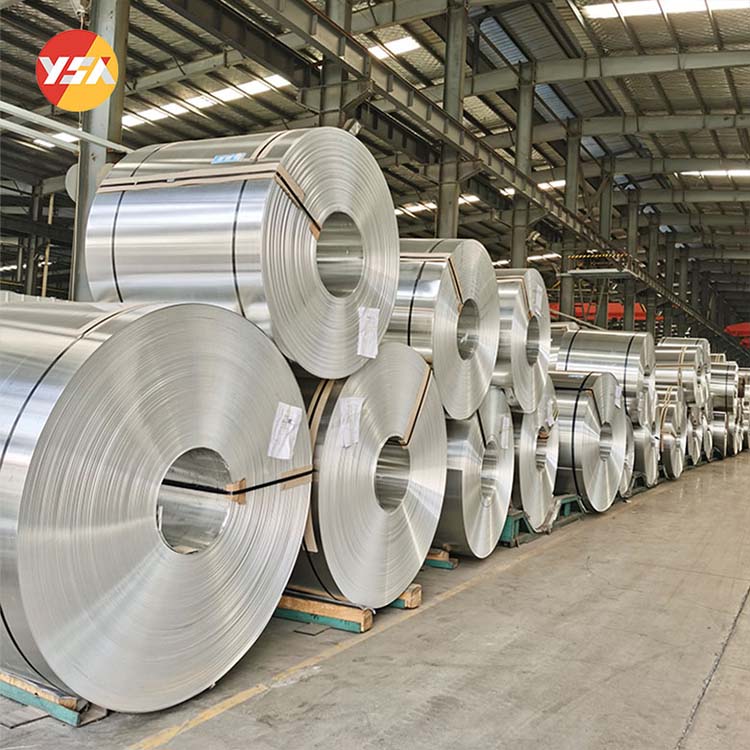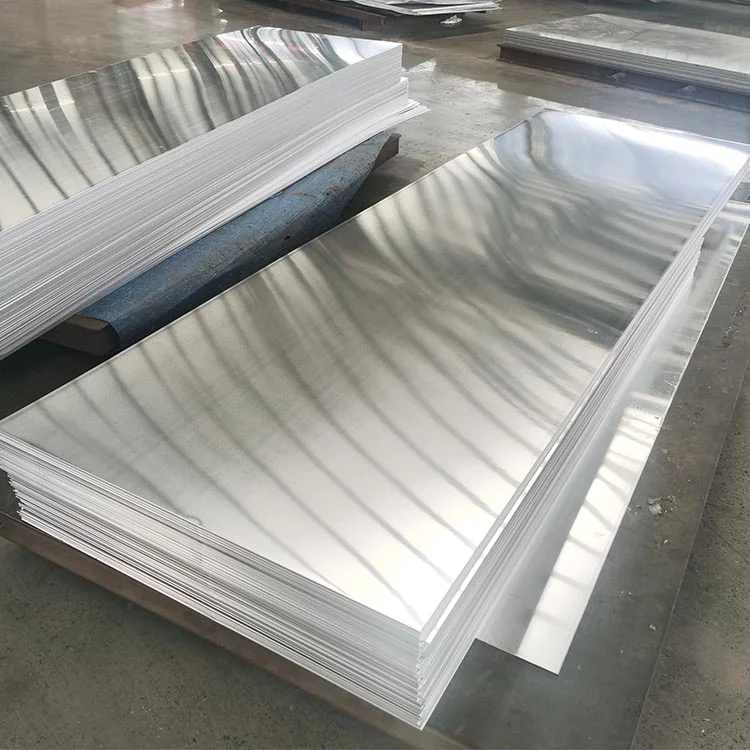[ad_1]
In the world of renewable energy, the demand for sustainable solutions is higher than ever. With the push towards a cleaner and greener future, it’s essential to consider the materials and processes used to generate and distribute energy. One innovative technology that is gaining traction in the industry is aluminum winding.
Aluminum winding is a process used in the construction of transformer coils, which are essential components in the generation, transmission, and distribution of electricity. Traditionally, copper has been the go-to material for winding transformers due to its excellent conductivity and resistance to corrosion. However, aluminum winding has emerged as a viable alternative that offers a host of benefits, making it a sustainable solution for the future of energy production.
One of the primary benefits of aluminum winding is its cost-effectiveness. Aluminum is significantly cheaper than copper, making it a more affordable option for manufacturers and consumers alike. This cost savings can translate into lower prices for renewable energy technologies, ultimately driving greater adoption and utilization of sustainable energy sources.
Additionally, aluminum is a lightweight material, which can lead to improved efficiency in transformer design. Transformers with aluminum winding are easier to transport, install, and maintain, reducing the overall cost and complexity of energy infrastructure. This lightweight property also contributes to lower energy consumption during the manufacturing and transportation processes, further reducing the environmental impact of aluminum winding.
Another significant advantage of aluminum winding is its sustainability. Aluminum is a highly recyclable material, with nearly 75% of all aluminum ever produced still in use today. Recycling aluminum requires only 5% of the energy needed to produce new aluminum, making it a more environmentally friendly choice compared to copper. By choosing aluminum winding for transformer construction, companies can reduce their carbon footprint and contribute to a more sustainable energy ecosystem.
Furthermore, aluminum winding offers superior thermal conductivity compared to copper, which means transformers utilizing aluminum coils can operate at higher temperatures without compromising performance. This increased thermal efficiency can lead to greater energy savings and improved reliability in energy distribution systems. Additionally, aluminum winding is resistant to corrosion, ensuring a longer lifespan for transformers and reducing the need for frequent repairs and replacements.
In terms of performance, aluminum winding can achieve comparable electrical conductivity to copper when designed and manufactured correctly. With advancements in technology and manufacturing processes, aluminum winding can offer the same level of efficiency and reliability as copper winding, making it a suitable alternative for a wide range of applications in the energy industry.
From a sustainability perspective, the benefits of aluminum winding are clear. By choosing aluminum as a material for transformer winding, companies can reduce their environmental impact, lower costs, and improve operational efficiency. As the demand for renewable energy continues to grow, aluminum winding presents a promising solution for a more sustainable future.
In conclusion, aluminum winding offers a host of benefits that make it a sustainable solution for the future of energy production. From cost savings and lightweight design to superior thermal conductivity and recyclability, aluminum winding has the potential to revolutionize the way we generate and distribute electricity. As the world transitions towards a cleaner and greener energy landscape, aluminum winding is positioned to play a pivotal role in shaping a more sustainable future for generations to come.
[ad_2]


